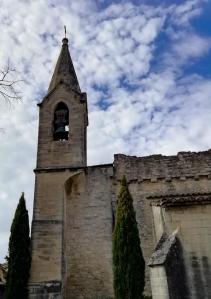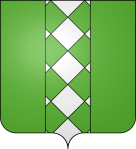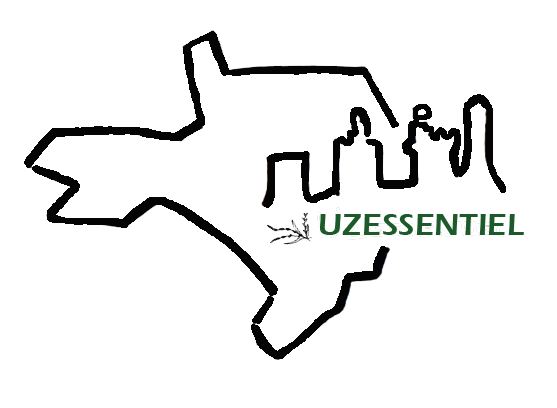A walk in Les Angles
FR - Just a stone's throw from Avignon, the city of the Popes, the old village of Les Angles overlooks the river Rhône and the Vaucluse department from its promontory, clinging to the Rocher de la Justice (Justice's rock).
Although almost everyone knows the modern village of Les Angles, few visit its historic heart...

A walk through history
From ancient times to Romans, the area was occupied by numerous communities, even if the old village was not mentioned until the 11th century.
To find out more about it, follow one of the 3 footpaths created by a local association. To begin with, here is the Heritage Trail, created in 2018, which includes no fewer than 10 emblematic monuments.
The tour starts at the remains of the 12th-century fortified castle and its 12-metre-high tower. In its heyday, this defensive structure boasted a fine wall, over 1 metre wide.
As you stroll along, the streets begin to emerge: rue de la brèche, rue panorama, rue Notre-Dame... Rue Notre-Dame, in fact, is reminiscent of the church of Notre-Dame-de-l'Assomption, whose origins go back to the 15th century. Built very close to the castle, National heritage since 1912, just like the presbytery, the church has ‘three naves of different sizes, decorated with fabulous animals and gargoyles in a pure primitive Gothic style characteristic of the period when it was rebuilt’. In 2021, its restoration earned Les Angles the Rubans du Patrimoine award.
|
Worth knowing: Many panels set up along the route provide a better understanding of the town's history. a French association association aiming to preserve and promote the Occitan language and culture: Writer Frédéric Mistral and his friends used to meet at the Chêne vert inn'.
|

Then there is the 13th-century Tour des Mascs (a watchtower, then a mill, eventually used as a prison) and the ruins of the church of Santa Maria de Angulis, which stood on top of an older temple, and which probably gave its name to Les Angles.
Destroyed at the end of the Hundred Years' War, it was used as a quarry for the construction of Château de Pontmartin, built in the 18th century on the site of a building occupied by Benedictine monks since the 11th century.
Purchased by French painter Louis Montagné in 1938, it was given a new lease of life by his granddaughter, Marie-Christine Pouchelon, in the early 2000s.
To finish our visit, here is the campanile, adorned with a beautiful clock, which completed the old village school and town hall, and the ruins of the fortified castle,

The coat of arms of Les Angles: Vert, a pale silver lozenge
For nature lovers, there's also the Sentier des plantes, which highlights botanical diversity, and for artists, the Sentier des peintres, which evokes the different places chosen by painters to compose their works. Les Angles is an obvious source of inspiration...
From Victor Crumière to Louis Agricol Montagné...
You may find traces of the Provençal painter Victor Crumière (1895/1950), the luminous palette of André Derain (1880/1954) or the legacy of the German painter Herbert Klingst (1913/1998), who died in Les Angles, or Louis Agricol Montagné (1879/1960), born in Avignon like Victor Crumière, who lived for many years in the Château de Pontmartin.
Sources, plus d’informations : Association Les amis du vieux village des Angles, Grand Avignon.






